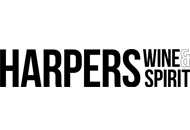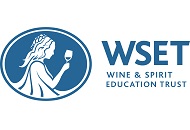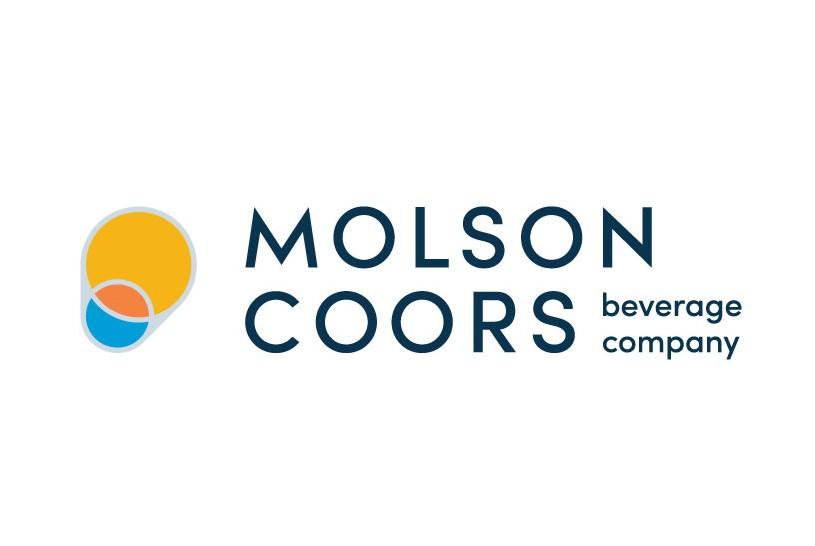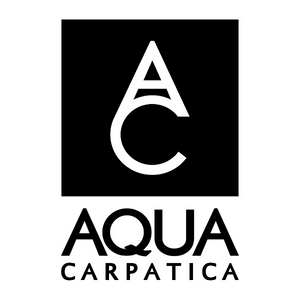The dogs are currently working at a cooperage in Chile, but are loaned out for free to check for potential sources of contaminants in customer wineries (TCA doesn’t just come from faulty corks). The plan now is for TN Coopers, an international cooperage with a turnover of more than $20m a year, to start similar programmes at its satellite companies in the USA, Italy and South Africa.

TN Coopers started its 'Natinga Project' in 2010, using trainers of drug sniffer dogs to train two Labrador puppies to identify haloanisoles (TCA, TeCA, PCA,TBA), but found the dogs could also identify compounds associated with anti-fungal pesticides such as trichlorophenol (TCP) and pentachlorophenol (PCP).
These compounds have been used for decades to prevent the growth of fungi on wood, cardboard, crops, etc. As a result, they have become one of the most prevalent groups of pollutants in practically any ecosystem. Unfortunately, they also degrade slowly and can be found contaminating porous surfaces such as corks, paints, filtering earths, pallets, and wooden racks in wineries.

After two years’ training, the lovable Labradors Ambrosia and Odysé became a permanent part of TN Coopers’ surveillance team. Two years later, Moro joined them. Last year, Zamba and Mamba brought the team to five.
Rosario Fantoni, TN Coopers’ communications manager, told Canopy: “When the dogs are dressed in their work uniform (harnesses), their attitude changes immediately to know that they must work and look for what is asked of them.”

Trainers take two dogs on leashes into the yard each morning, between 6.30 and 7.30am, when the air is cleanest. They work for about 30 minutes before resting, and letting two more dogs in on the act. Their routine is to inspect the wood yard, production areas and supplies depot, as well as the finished products.
One of the biggest problems is the containers used for shipping. The risk is produced by the water and chlorine washing protocols in some port depots and the use of chlorinated paints. The wooden floors also represent another potential risk for the wine industry.
Once a source of contamination has been identified, the dogs mark the area with a gesture known to the trainers. Any containers, materials or products raising serious suspicion are rejected.
'We know that we have a very accurate prevention and detection tool'Rosario summed up the project for Canopy: “Today, Natinga Project works in Chile and has given excellent results. We are working to take it to the USA and ideally reach all markets.
“We know that we have a very accurate prevention and detection tool required by the wineries, which is why we are working to deliver our services to as many customers as possible.”
To see a video of the dogs in action, click here.

 English
English French
French


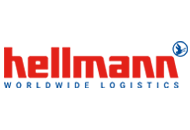


.png)
